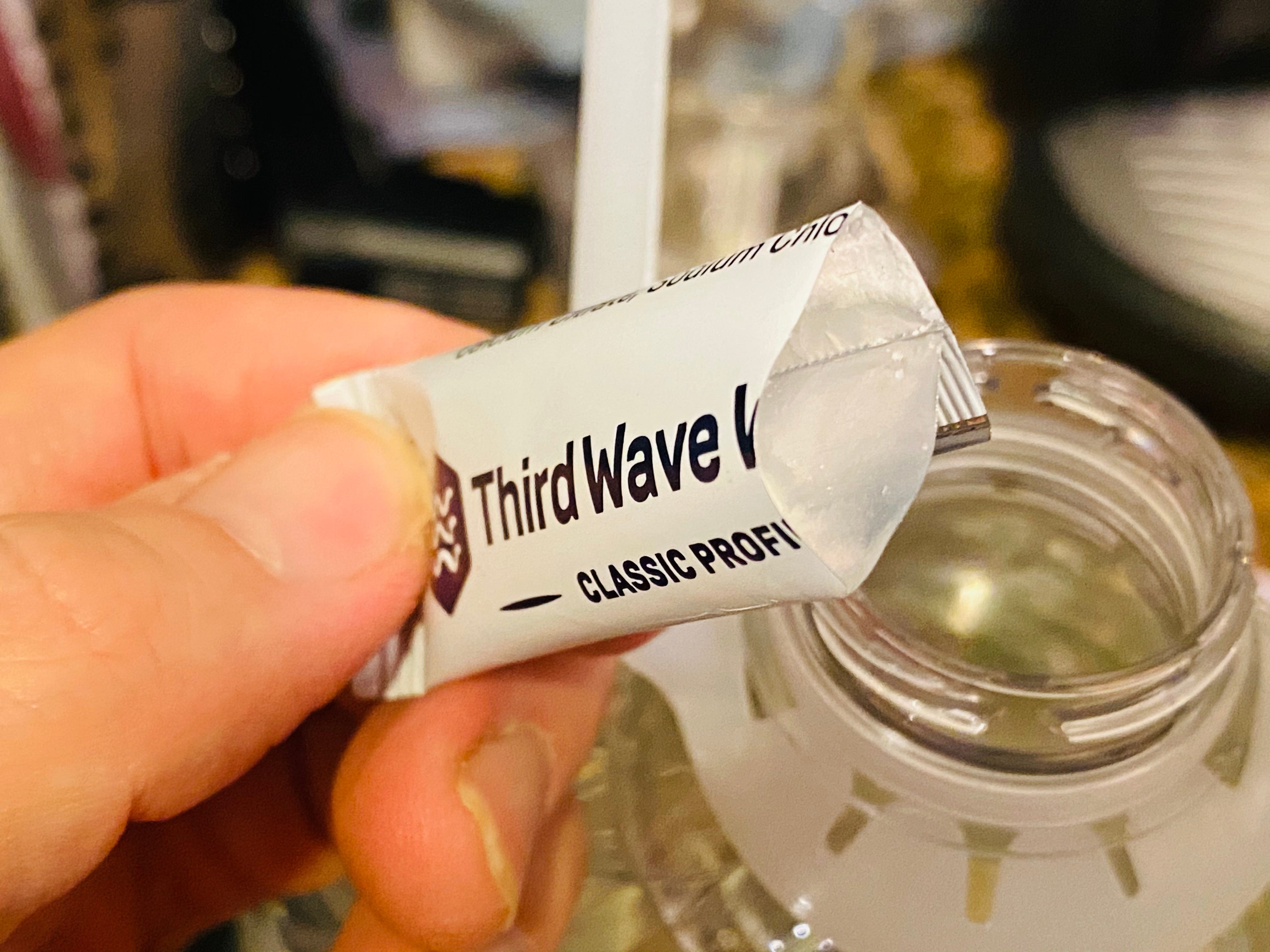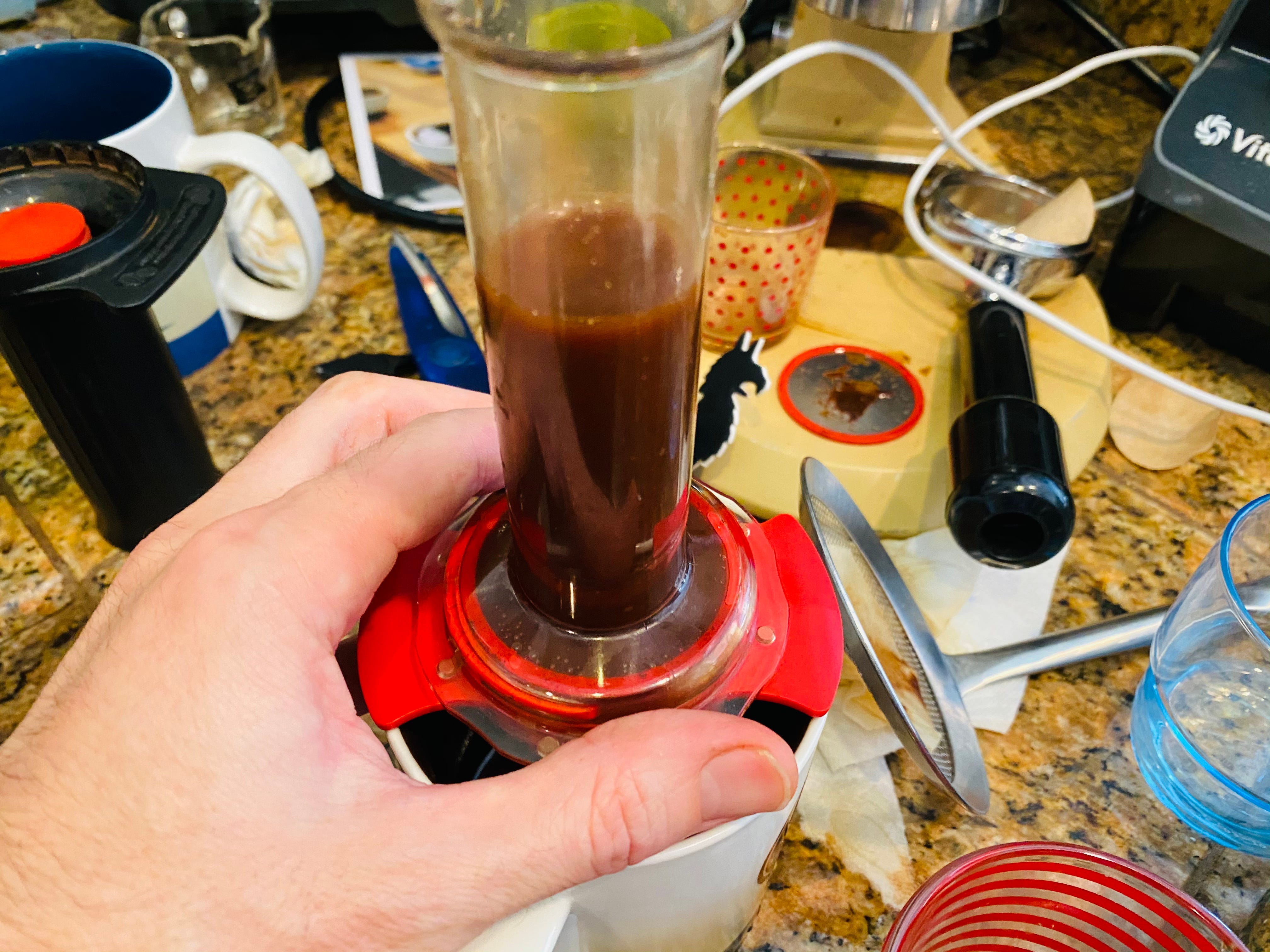Cupping Coffee with 10,000 People Worldwide
Participating in the largest coffee cupping, 2020 edition
James Hoffman did a world wide coffee tasting again this year, and considering the pandemic, this was a great way to have a positive, enjoyable, and shared experience. I was excited to sign up, and I offer here merely my experience. I really enjoyed the experience, and I look forward to the day when I could host a cupping with friends as it was quite a different look at coffee. I also look forward to having this kind of experience again, and I think it would be a great way for other roasters to have a special experience.


The Sampling Kit
I only drink espresso, and I was initially put off by the cupping process because it is a simple brew and not anywhere near the strength as espresso. However, James had a nice setup, and I thought as an experiment for a large number of people to have a shared experience, it was pretty well thought out.
Firstly, he send two packets of a mineral mix to make third wave water. The idea is that by mixing this into distilled water, the variable of water source location to location can be eliminated, and we can feel more certain we are having a shared experience.



Secondly, he send 5 coffees with enough for the tasting, but also enough to do a larger tasting or brew the left over beans in another way. The cost was reasonable considering all the individual packaging, and I didn’t expect much until a few days before. The anticipation and surprise started to build.


The five coffees were labeled A, B, C, D, and E, and James revealed the coffees at the end. So it was truly a blind taste test.
I didn’t have proper cupping cups, so I tried to use similarly sized coffee mugs. Next time, I would just use all the kids bowls I have because they are the right size. I originally was aiming for 10g of coffee to 180g of water. James recommended 12g of coffee for 200g of water. However, I underestimated the water needed, and I ended up using around 120g per cup. I woke up late, and I will prepare better next time.




The tasting started at 7am Pacific time, so I was typically behind during James live stream. However, he did very well at letting people know to relax, don’t worry, they will have time. I was very concerned I didn’t have the right mix or something was off, but I felt confident because James felt confident. It was a lot easier to move past that insecurity.
The cupping process is very simple to eliminate hard to separate variables:
- Put the ground coffee in the cup
- Add boiling water or water set to a certain temperature
- Let sit for 4 minutes
- Break the crust
- Taste across cups as the coffees cool
- Take notes (Scoring sheet was available)
My Impressions
My first impressions of the coffees:
A. Seemed mild
B. Had a nice flavor
C. Was mildly sweet
D. Was super sweet
E. Tasted like stale burnt popcorn
I took fuller notes and grades below. According to my rough grading and my overall feel, I liked D the most. I loved how sweet it was. This table also contains where the coffees were from and how they were processed after James made the big reveal.

The robusta coffee (E) was very interesting. Many people in the comments didn’t like it. James used it as a comparison coffee, and he showed when you go back and forth between two coffees, it is easier to distinguish between the different notes. He reminded me of waking up in the early mornings in Italy when staying at my wife’s great aunt’s house, and the coffee she made in the moka had a strong component of robusta.
The cupping was my first live Youtube event, and I really enjoyed the aspect of live comments as well.
Post-Cupping
After the cupping ended, I wanted to have some coffee, but I didn’t want to use a spoon. I wanted to mix some of the coffees, so I used my Kompresso to filter each cup because I was able to push through the water with the plunger.


Each cup and mixture was delicious in different ways, and while I’m enamored by espresso, I can appreciate a good cup of regular coffee.
Espresso Shots
By the end of the tasting, I decided I would mix coffees as normally mix them which usually follows the guideline of mixing an African coffee and a South American coffee. The first shot I had was adding a little of the robusta to another blend I had, but it wasn’t too good.






I really enjoyed all the blends, and they have really high scores. In fact, at that moment, the DBCA blend was the best shot I’ve scored. The only caveat is that my shots have been consistently improving, so I regularly beat my best score.
They all got pretty similar Total Dissolved Solids (TDS) and Extraction Yield (EY), and the shot times were all pretty similar.

Between the actual cupping experience and the shots post-cupping, I am really glad I participated. I suspect this type of mass event will become more frequent, and it would be interesting to do this with another roaster to see what coffees they group for a tasting. Pairing coffees with each other is really key to understanding what blends are interesting to me.
If you like, follow me on Twitter and YouTube where I post videos of espresso shots on different machines and espresso related stuff. You can also find me on LinkedIn.
Further readings of mine:
Deconstructed Coffee: Split Roasting, Grinding, and Layering for Better Espresso
Pre-infusion for Espresso: Visual Cues for Better Espresso
To Stir or To Swirl: Better Espresso Experience
Spicy Espresso: Grind Hot, Tamp Cold for Better Coffee
Staccato Espresso: Leveling Up Espresso
Improving Espresso with Paper Filters
Coffee Solubility in Espresso: An Initial Study
Staccato Tamping: Improving Espresso without a Sifter
Espresso Simulation: First Steps in Computer Models
Pressure Pulsing for Better Espresso








